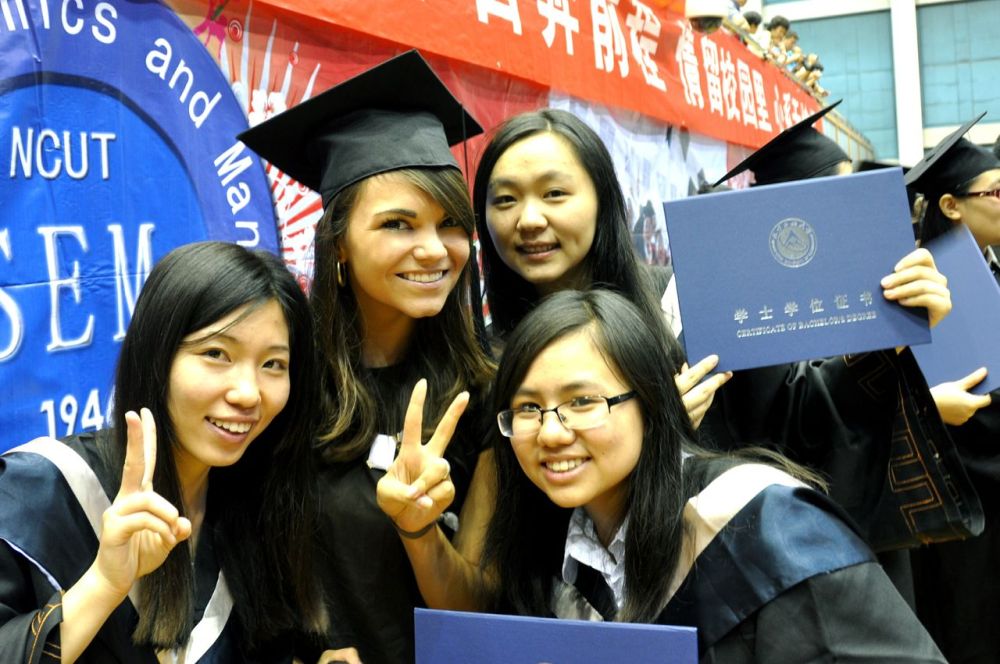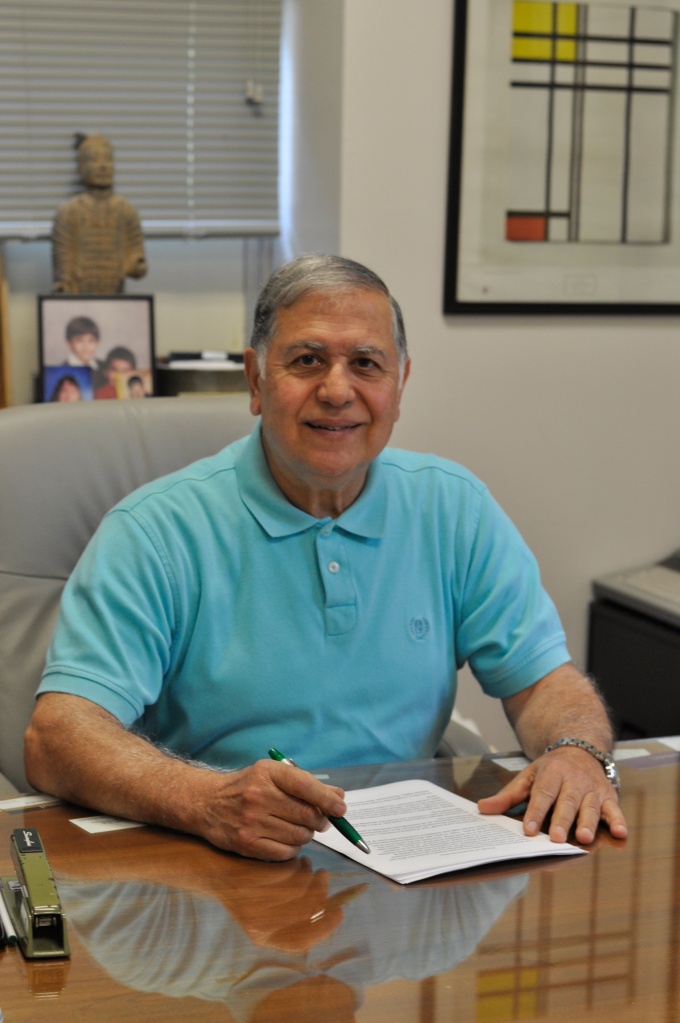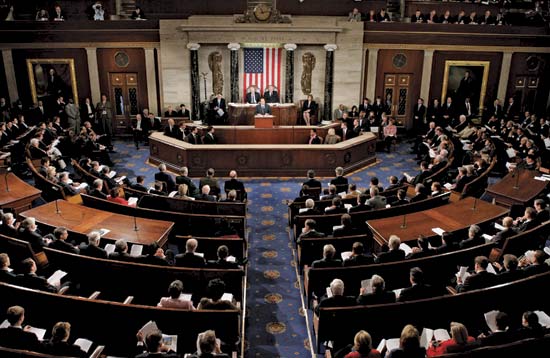Published April 4th, 2013
Editor’s Note: The following represents the opinion of the editorial board of The Signal. It is not necessarily the official view of Ouachita Baptist University. In it, we are not advocating homosexuality; we do not dispute that it is a sin. However, under the United States Constitution, we do believe that same-sex couples deserve the same financial and legal standing as male-female couples. As a reminder, our Letter to the Editor policy is listed at the bottom of this page. Please be respectful.
For the past week, Americans of all backgrounds have been watching the Supreme Court as it considers whether California’s Proposition 8, which bans same-sex unions in that state, is in line with the spirit of the U.S. Constitution.
Many Americans believe same-sex unions are wrong, and therefore should not be legal. Others see this as discriminatory; marriage, no matter to whom, is a fundamental right for everyone. According to TIME, 53 percent of Americans favor same-sex unions today; that is compared to just 27 percent in favor in 1996.
Those arguing in favor of same-sex unions say Prop. 8 violates the Due Process and Equal Protection clauses under Section I of the 14th Amendment, which states:
“All persons born or naturalized in the United States, and subject to the jurisdiction thereof, are citizens of the United States and of the State wherein they reside. No State shall make or enforce any law which shall abridge the privileges or immunities of citizens of the United States; nor shall any State deprive any person of life, liberty or property, without due process of law; nor deny to any person within its jurisdiction the equal protection of the laws.”
Many Christians say allowing same-sex unions compromise and threaten some of our most well-established moral standards and values.
We are Christians at The Signal. We believe that marriage should be between a man and a woman. However, we realize that it is not our place to condemn those who believe otherwise, or to promote judicial restrictions that discriminate against anybody who is a citizen of the United States and who is guaranteed equal rights under our Constitution.
Marriage is in its basic form a contract between two people. It gives spouses control of each other’s resources and responsibility for each other’s debts. It establishes powers of attorney and guardianship over children. Marital status is relevant in more than 1,100 federal laws from taxes to healthcare, according to Fox News.
Marriage brings along with it tax breaks, surviving spouse benefits and the ability to buy health insurance through your spouse’s employer. Because the federal government does not currently recognize same-sex unions, these couples are not afforded benefits such as these. The New York Times estimated that this costs same-sex couples as much as half a million dollars over a lifetime.
For example, when Edie Windsor’s wife (they were married in Canada) died, she had to pay $363,000 in federal estate taxes, simply because her marriage didn’t count under federal law. Fox News said, “There is no dispute that if Windsor had been married to a man, her estate tax bill would have been zero.”
Marriage itself is a unique mix of church and state. For many of us, a marriage is a religious ceremony performed by members of the clergy. However, marriage licenses are still required and the officiant must be licensed for the union to be recognized by the government. We are not asking for religious institutions to be forced to provide or recognize same-sex unions, because the majority of religions believe homosexuality is wrong. However, the government — as a non-religious entity that is supposed to extend the same opportunities to all of its citizens — should recognize same-sex unions as having the same legal standing as traditional marriages.
A common fear among many who want to protect the family unit and not allow same-sex unions is that, among other things, a same-sex couple’s lifestyle will infect and plague every facet of society and will tear apart the fabric of a “normal” family. This would cause our society to spin into one that thrives on immorality and sin.
However, we have just as much power to make a difference in our society as anyone else does. We as Christians are called to spread the Gospel; would the downspin of our society not reflect a failure on our part to evangelize?
If we honestly believe that homosexuality is wrong, then it is our duty to teach others why we believe it is wrong in a rational and loving manner. However, far too often, it seems our “teaching” turns into hate of an entire person just because of one lifestyle choice: Chick-fil-A Support Day ― need we say more? What may have started as a legitimate way to show support for traditional family values quickly escalated to a hate-filled war against the homosexual community by Christians that was covered by every news outlet under the sun. This was nothing other than homophobia on display for all to see.
Perhaps if we were more loving towards homosexuals, they would be more open to our beliefs and more apt to listen to our Gospel. A good first step would be acknowledging their right as American citizens to be in a legally-recognized union with one another.
For Christians to say marriage should exist only by our definition, and to not let anyone outside our beliefs enjoy it, is unfair. We aren’t giving people the same freedom that we enjoy: the freedom to make our own choices, no matter how sinful. It’s time for equality.
Allowing marriage equality does not compromise our evangelical convictions, nor will it change the way we choose to live our lives. In fact, it shows that we Christians have evolved to a point in our faith where we believe that our convictions aren’t threatened by the choices of others or the sin of society. It will cause us to hold more tightly to our convictions and will make us that much stronger in our beliefs as we spread the Gospel. So instead, we should live by what we believe to be righteous and allow other people the freedom to do the same, even if they believe differently.
Unfortunately, it seems all too common that what society deems as “progress” is really nothing more than another step away from the values and moral standards that have bound this nation together for the better part of two centuries and that Christians have lived by for 2000 years. But we must remember that it is not so much the need to uphold these standards that drives us to live righteously, nor is it the threat of what might come if we allow these standards to be broken.
What we are truly threatened by, is really nothing more than a lapse in memory. In the heat of all this, we forget to live with a spirit of forgiveness and acceptance. We must remember that if we force a person to make the “morally right” decision then that decision loses all of its moral value, whether we put a gun to their head or use the government. We must give people the freedom to make decisions for themselves, just as God gave us the same freedom, and allow them to learn from those decisions.
We must have faith in God and in our fellow Americans that whatever choices people decide to make, that we can find good in whatever comes from those choices and that we never stop doing good. And that whatever choices are made, we remember to love, as Christ loved, and forgive as God forgave us and to forever reach out with an open hand and the willingness to call someone “friend.”


